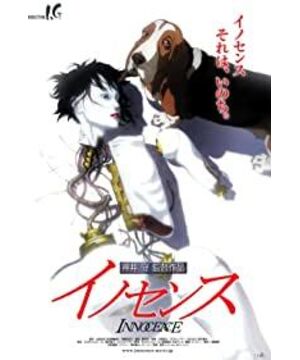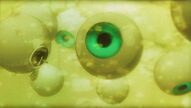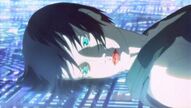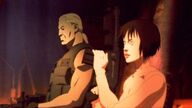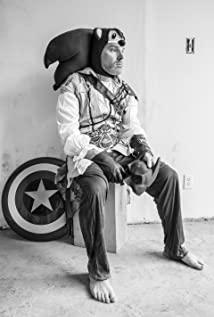The scene is more grand, and the commercial atmosphere is stronger than the first one. The previous work made people feel like they were talking on the opposite side of Major and Barto on the lake at night, but this one is the bustling ghost festival gathering on the bustling streets of the Great North. In order not to waste the exquisite picture production, a lot of scene shots have been added. Different from the constant questioning and exploration of the previous work throughout the entire film, the main theme of this work is not fully revealed until the final context is clear. The girl didn't want to become a puppet, but the puppet couldn't say that she didn't want to become a human.
Human beings endow biochemical humans with dolls out of abnormal desires and reproductive (replication) instincts, but one doubt lingers: Is something that looks alive really alive? Do things that look dead have no life? Humans are afraid of puppets, because they appear in human form, and they may become human beings themselves, and the original human material and wisdom may be replaced by this. What is the definition of conscious life? Does the pictograph have the ability to replace the noumenon because of the dissociation of this definition?
"A truly perfect puppet is a pure body and life without a soul, like a corpse, standing on tiptoes on the edge of a cliff." This hints at the serious dualism in the theme, and only the separation of pure consciousness can distinguish the puppet and human boundaries, but this is impossible. "Standing on tiptoes on the edge of the cliff" symbolizes their beauty and fragility. A slight fluctuation will stray from this boundary, and ethics will collapse again.
However, the purpose of this work is so obscure and detached, so grand but vague. Sometimes it seems like Mamoru Oshii is showing off his philosophical thoughts and pretending to be mysterious, and sometimes it seems that he can really echo the front and back. I feel that Japanese literature and art are all like this. It makes people feel like they want to say something, but it seems that they are just showing people what they want to say instead of saying what they say, pursuing that kind of vague beauty. Yes, I'm talking about Yasunari Kawabata, Osamu Dazai, Mamoru Oshii, all of these works. They all have such a characteristic: it is difficult to decide whether the beauty of form and the beauty of content are more important.
View more about Ghost in the Shell 2: Innocence reviews


